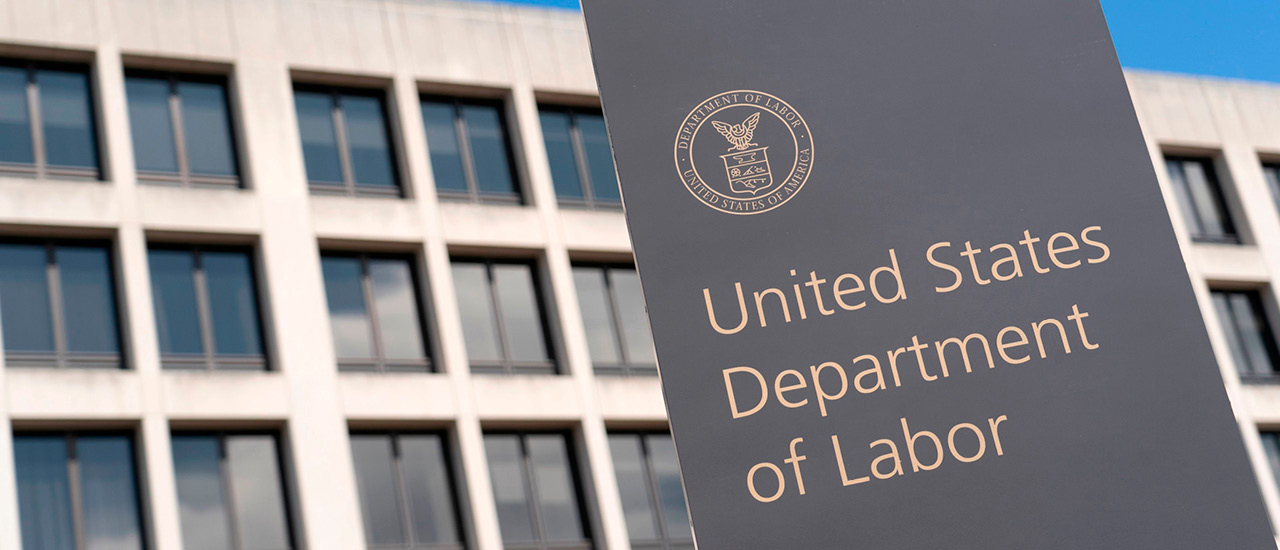Changes Coming to Form 5500

The U.S. Department of Labor’s Employee Benefits Security Administration, the IRS, and the Pension Benefit Guaranty Corporation are seeking public comments on proposed revisions to modernize and improve the Form 5500 Annual Return/Report filed by private-sector employee benefit plans.
EBSA has published a related notice of proposed changes to its annual reporting regulations under Title I of the Employee Retirement Income Security Act.
Form 5500 is the primary source of information about the operations, funding, and investments of private-sector employment-based pension and welfare benefit plans in the U.S.
There are an estimated 2.3 million health plans, a similar number of other welfare plans, and nearly 681,000 pension plans covering roughly 143 million private-sector workers, retirees, and dependents. These plans have an estimated $8.7 trillion in assets.
Objectives Behind the Changes
The proposed revisions are intended to:
- Modernize the financial statements and investment information filed about employee benefit plans
- Update the reporting requirements for service provider fee and expense information
- Enhance accessibility and usability of data filed on the forms
- Require reporting by all group health plans covered by Title I of ERISA
- Improve compliance under ERISA and the Internal Revenue Code through new questions regarding plan operations, service provider relationships, and financial management of the plan
The proposed regulations also would make improvements to the certification requirements for the limited scope audit requirements under 29 CFR 2520.103-8, and allow group health plans to use the Form 5500 to satisfy certain reporting requirements in the Affordable Care Act.
The proposed changes to the DOL regulations are also needed to implement the form revisions.
The form revisions would begin with the Plan Year 2019 Form 5500 series returns/ reports.
Under Titles I and IV of ERISA and the Internal Revenue Code, pension and other employee benefit plans are generally required to file annual returns/reports concerning, among other things, the financial condition and operations of the plan.
Filing a Form 5500 Annual Return/Report of Employee Benefit Plan, or a Form 5500-SF Annual Return/Report of Small Employee Benefit Plan—together with any required schedules and attachments—generally satisfies these annual reporting requirements.
Timeline and Comment Period
Under the proposal, the form revisions would begin with the Plan Year 2019 Form 5500 series returns/reports.
The form improvements and regulatory changes are generally being coordinated with a procurement process related to the Electronic Filing Acceptance System, the government’s electronic filing and processing system that a private-sector contractor operates.
Some form changes may be implemented earlier or later depending on the public comments and developments in the EFAST2 procurement process.
The publication of the notices in the Federal Register marks the start of a 75-day comment period. The agencies encourage all stakeholders to submit comments on the proposals, including any suggestions on how the agencies can better achieve the goal of transforming the Form 5500 into a “21st Century” information collection tool while minimizing administrative burdens with respect to the operation of plans.
RELATED
EXPLORE BY CATEGORY
Stay Connected with CBIA News Digests
The latest news and information delivered directly to your inbox.


